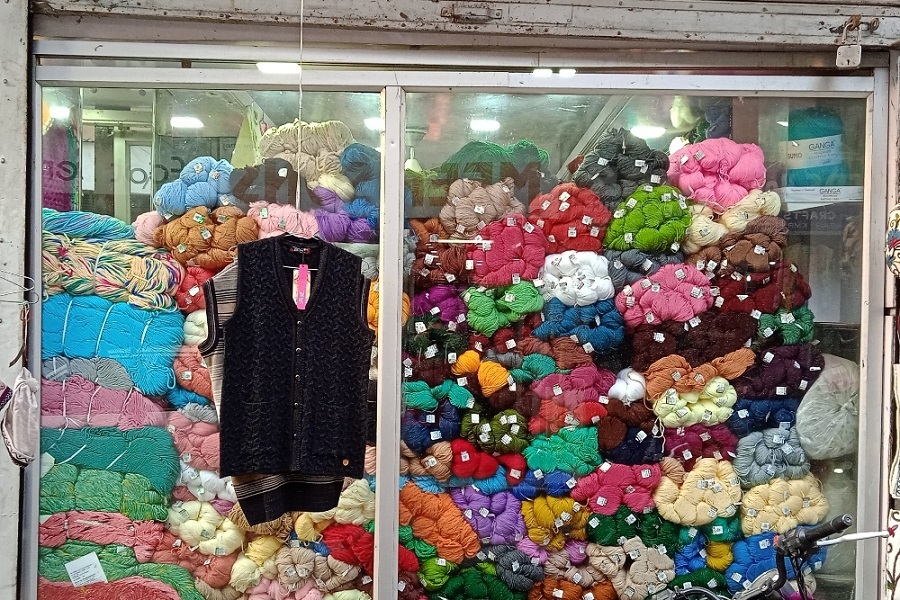
Technology is usually associated with bringing a smart way of living and thus, raising the overall standard of people’s lives. However, in course of making a transition from traditional to tech-savvy lifestyle, Kashmiris are giving up their golden art of knitting.
By Asif Khan, Arbeena Shah
CARESSING her baby bump, Rabiya wonders about the ‘fading warmth’ in Kashmir Valley.
She had been dreaming of making woollen gloves, socks, and colourful sweaters for her baby since the day she received the good news.
But, her father’s exhaustive market exploration trips are yielding no wool at the moment.
“People don’t knit these days,” Rabiya’s father says while giving a sense of being fed up with the wool hunt. “The fallen culture of knitting is shrinking wool in the valley.”
Disheartened with the yarn scarcity in the market, Rabiya reminisce her childhood, when long needles embedded in colourful wool balls would be found in almost every Kashmiri home. The knitting culture would assemble women for chit-chats in the evenings.
Back then, hand-knitted mufflers or sweaters would be exchanged as gifts. They were preserved like amulets by people as the interwoven threads were symbolic to the makers of love and affection.
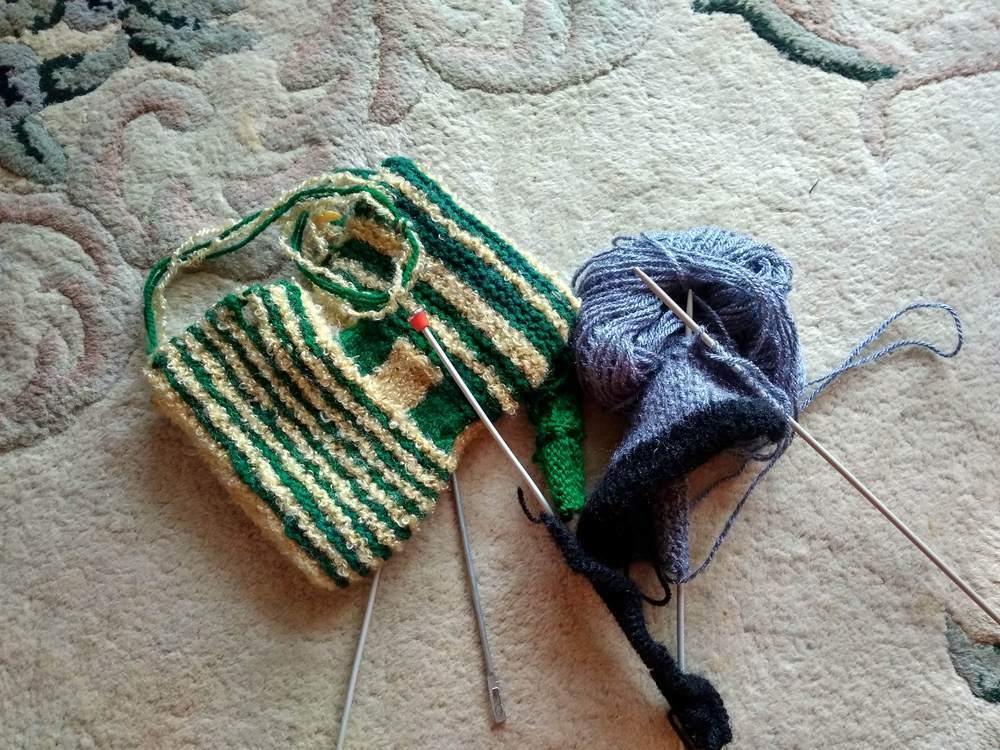
Taking a trip down memory lane, homemaker Asmat Yasin, 58, recalls her first expectancy period when she received a variety of knitted clothes from her elder sister as a gift for her upcoming child.
“I’ve still stored some caps, mufflers and socks safely in my cupboard,” she says.
While affectionately holding a red muffler in her hand, she adds, “every time I see them, they fill me up with love for my Didi.”
The lazy and dull wintry afternoons would often see Kashmiri women gather in their homes, carrying Kangris under their embroidered Pherans, humming verses of Habba Khatoon and Lal Ded.
The group would share a collective laughter in reaction to jokes and satire cracked towards one another. The cold waves engulfing Kashmir and russet leaves swirling down from the trees would signal the suitable time for collective knitting.
And thus, the season of exchanging handmade garments would begin which mostly comprised of sweaters, mufflers, mittens, socks, and caps.
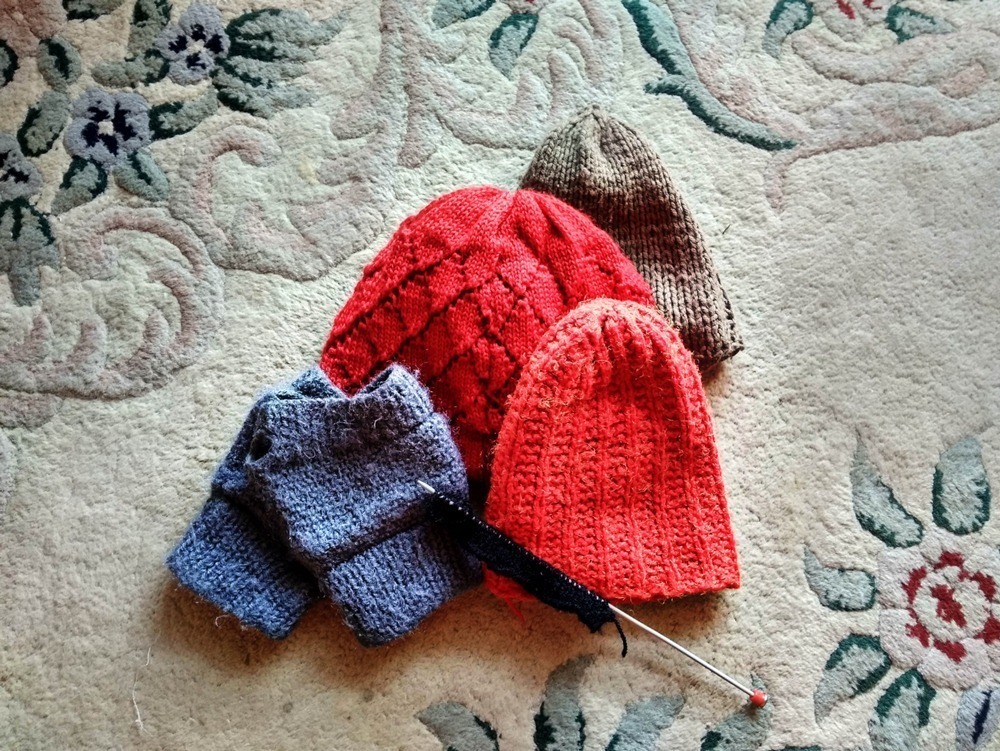
Saima, a mother of three children, recalls being gifted a full suitcase of knitted clothes by her mother-in-law upon her delivery.
“My mother-in-law had been knitting for more than a year for my first child,” Saima says smilingly.
“I could feel her love and warmth through the clothes she had sent,” she adds nostalgically.
Knitting was a trade of love in exchange of love. But, the fall of knitting culture has become the nemesis for the loss of warmth in relations these days.
Evening chit chats have now been replaced by social media and OTT platforms and people hardly gift without any occasion nowadays.
Knitting and other craft activities have confirmed the health benefits, both physical and mental, supported by different studies. It reduces the symptoms of anxiety and depression, delay the onset of dementia and help distract from chronic pain.
“The repetitive and rhythmic movements can trigger the release of serotonin which helps uplift one’s mood or we can say induce a pleasant state of mind,” says Isha Malik, a Clinical Psychologist.
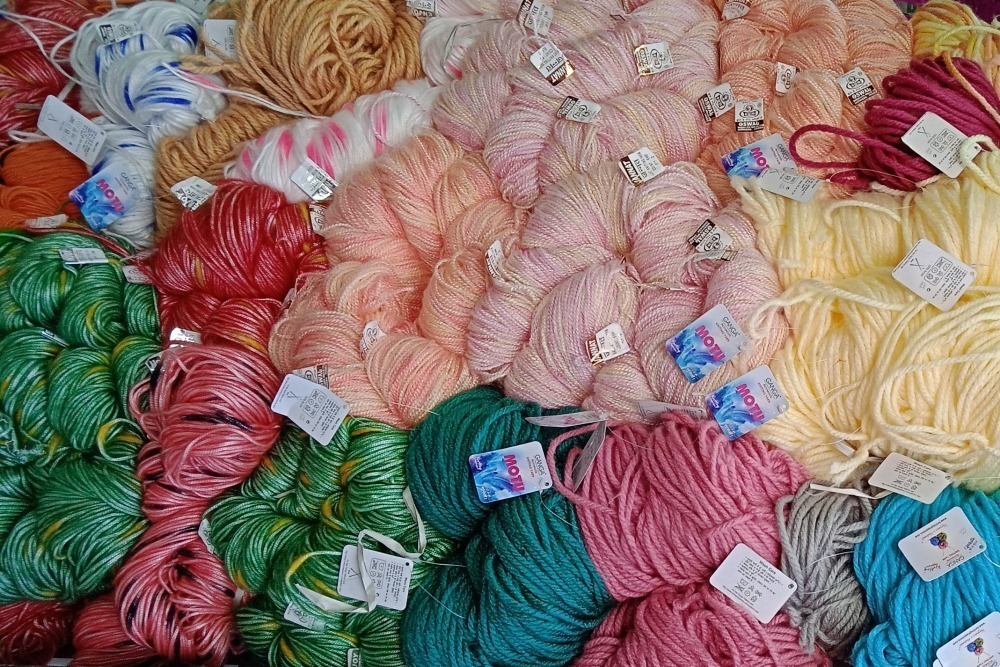
Howbeit, now the stress busting culture of knitting is almost extinct as Kashmiri women have relentlessly given it up. Barring a few commercial knitted products available online for sale, knitting needles, many believe, are on the verge of becoming an artifact for the coming generations.
Earlier, a number of shops in Old Srinagar, the cultural cradle and erstwhile Vince of East, would earn their bread by selling yarns. Haggles between the sellers and buyers would rumble in the markets over the prices of yarn. But today there is hardly any wool shop visible there.
“Our women don’t have time these days,” says Riyaz Ahmad Naqash, 60, the lone yarn seller in Lal Chowk. “They now prefer readymade stuff.”
Naqash earlier had additional wool shops in the Old City but, he had to switch over to other business due to dwindling demand of wool.
“Women tend to imbibe everything from West but, fail to cherish and preserve their local legacy,” he adds.
Another shopkeeper, Lateef Ahmad, 45, had to shut down his wool shop due to lack of demand.
“I was unable to make my ends meet,” he says.
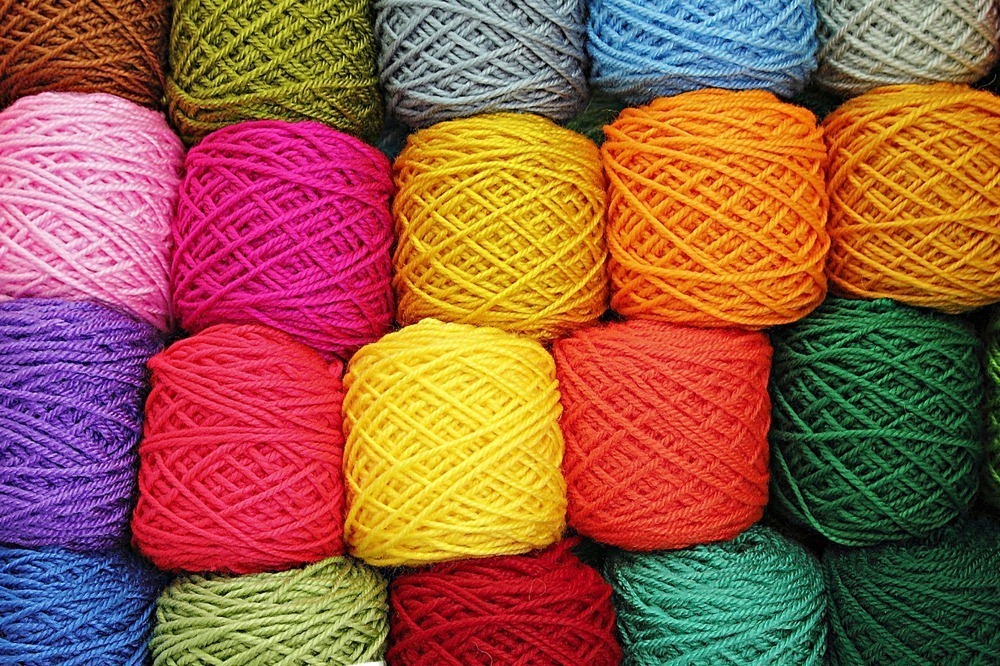
The advancements in technology have indeed come as a helping hand for humanity. But, abandoning knitting, many say, is to kill the goose that lays the golden egg. Handmade clothes furnish benefits that machines cannot.
Even schools who earlier included knitting in the curriculum have given up on it.
“I learned knitting in my school but my cousin who studies there now doesn’t know anything about it,” Iflah Jan, 24, a former missionary school student currently studying Medicine, says.
“I feel bad not seeing the young generation acquainted with knitting so that they could carry it forward,” Iflah adds soberly.
Although a whole lot of crafty works- calligraphy, pottery, origami, crocheting- have lately revived but, knitting is yet to make a comeback, gain popularity among youths, and trend on social media in Kashmir.
“Indeed,” says Iflah, “in the rat race of being tech-savvy and exploiting the new technologies, we are losing out on our cultural patrimony.”
Follow this link to join our WhatsApp group: Join Now
Be Part of Quality Journalism |
Quality journalism takes a lot of time, money and hard work to produce and despite all the hardships we still do it. Our reporters and editors are working overtime in Kashmir and beyond to cover what you care about, break big stories, and expose injustices that can change lives. Today more people are reading Kashmir Observer than ever, but only a handful are paying while advertising revenues are falling fast. |
| ACT NOW |
| MONTHLY | Rs 100 | |
| YEARLY | Rs 1000 | |
| LIFETIME | Rs 10000 | |









